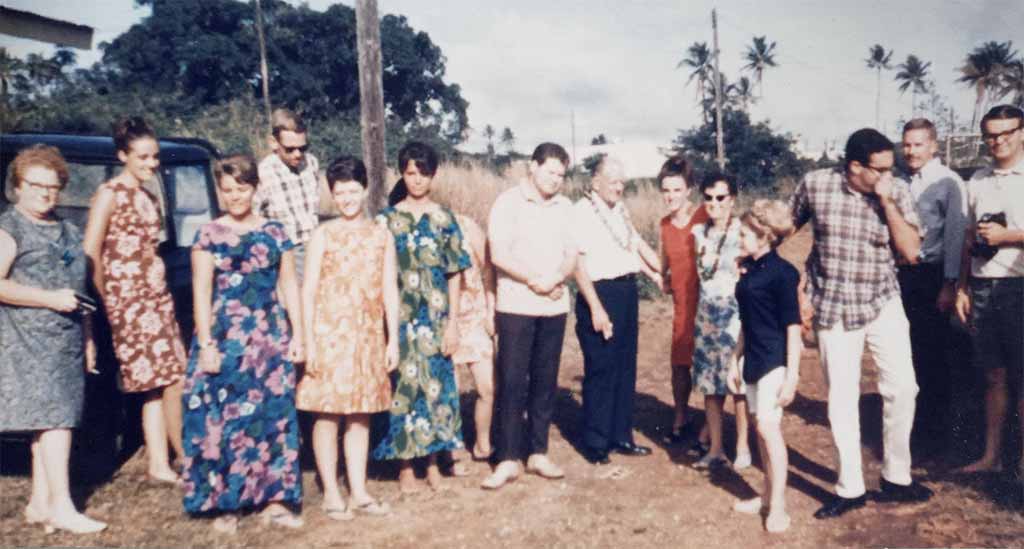CHamoru Comic Strip: Juan Malimanga
“Juan Malimanga” is the first comic strip in local print news that is written completely in the CHamoru language. The comic strip, originally written by Clotilde Castro Gould and illustrated by Roger Faustino, centers around humorous observations and adventures of the character Juan Malimanga. Despite its continued publication in the Pacific Daily News (PDN), the origins of this iconic comic strip signaled a landmark victory in efforts to overturn the controversial language policies of print media on the island of Guam.
CHamoru Comic Strip: Juan Malimanga Read Post »

